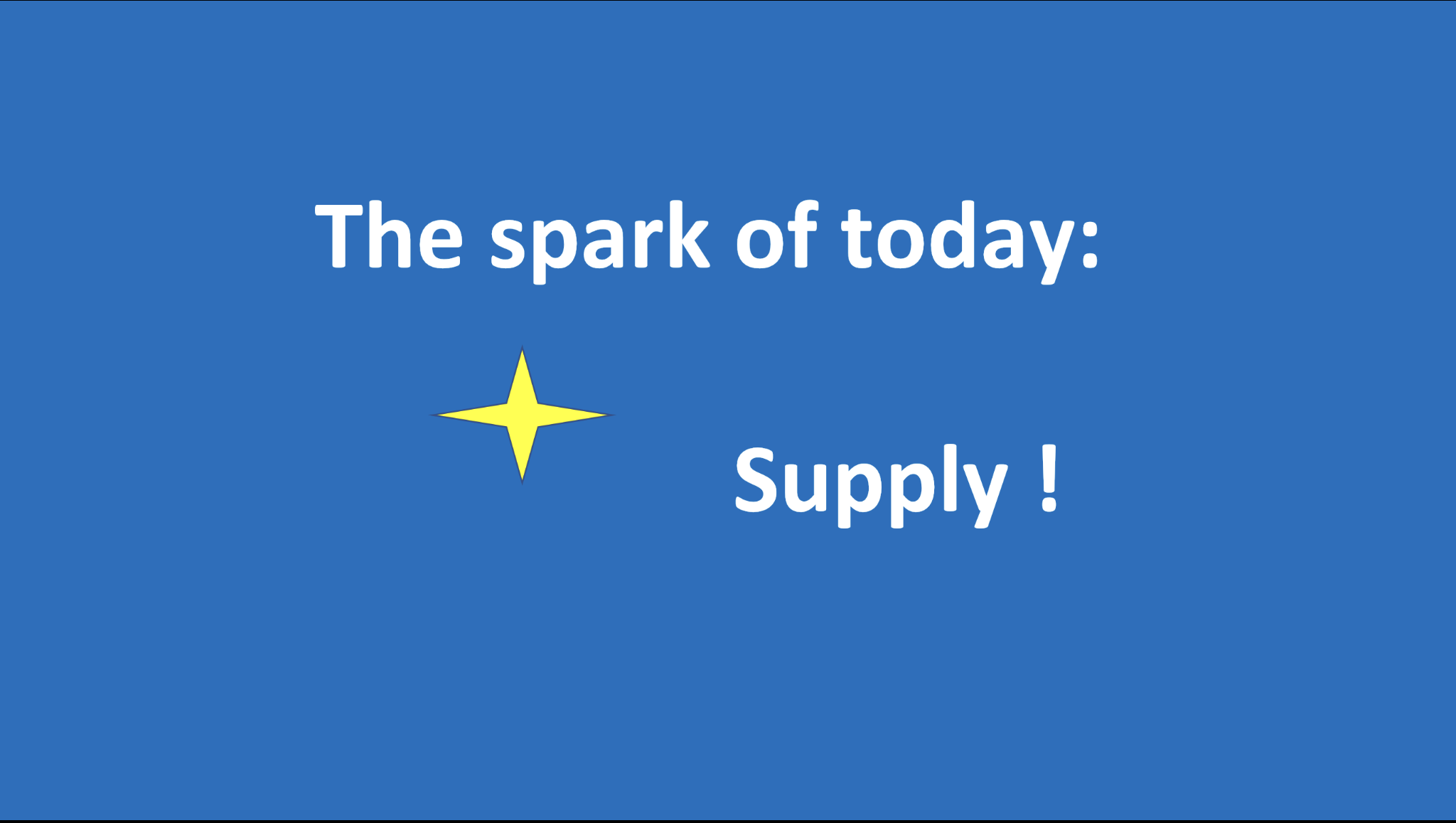Sparks to fire up your innovation combustion

This coaching session discusses how to apply new technologies to manage supply issues.
Starring: Inna (Innovation Leader in a large Pharma corporation) and Wim (coach for Innovation Leaders). [Transcription far below]

Click to start video
Click on arrows to enlarge
A new, short video clip is being launched every Wednesday. To get new ones in your e-mail, subscribe for free on this page.
You can also find 40 more clips and 100 of my written blogs here: web , LinkedIn , YouTube , Twitter.
.
.
Are you looking for a personal innovation coach?
- Do you want a soundboard, a sparring partner?
- Did you just start an innovation program or want to improve it?
- Do you need practical ideas to stimulate innovation or on how to manage an innovation portfolio?
If yes, I’m ready to help you!
- I believe in KISS: Keeping Innovation Super Simple. High focus on passion, low focus on processes.
- I have coached more than 50 innovation leaders across the globe in Pharma/healthcare.
- I work as independent coach: per hour or as long as you consider valuable at wimvand@outlook.com
.
.
Transcript
Inna:
⁃ Hi Wim. Many of our hospitals are often out of stock of some of our medicines.
Wim:
⁃ What is the reason?
Inna:
⁃ The usage of the medicine is unpredictable. The medicine is expensive.
Wim:
⁃ This reminds me of a similar issue we were facing in the Netherlands. Our medicine was only used during certain emergency surgeries. Sometimes the stock needed to be discarded because it had expired. So, hospital pharmacists didn’t keep a large stock of these drugs because that was expensive. As a consequence, the hospital pharmacy sometimes ran out of the medicine when it was needed. Patients didn’t get the optimal treatment. And we, the Pharma company, lost sales opportunities.
Inna:
⁃ How did the team get to an innovative solution?
Wim:
⁃ The marketing manager discussed this challenge with her local supply chain and IT colleagues. They came up with an innovative solution.
⁃ They would simply add a serialization code on each package. This is a QR-like code, unique for each package. Then, the Pharma company would stock the hospital with a small, free supply of the product. And the hospital pharmacist would be asked to scan the serialization code of each package when the pharmacy provided it to the surgeons.
⁃ When the pharmacist scanned the code from a package, this would be wirelessly transmitted to the Pharma company. Only at that time, the hospital would be charged for the product. This would also allow the Pharma company to track the inventory. When the supply would reach a specific minimum level, the Pharma company would replenish it.
Inna:
⁃ Interesting, a win-win-win!
Wim:
⁃ You are correct! A win for the hospital, as there is no longer a product shortage or expired items that need to be disposed of A win for the surgeons, as they can rely on the right medicine at the right time for their patients A win for the Pharma company, as they eliminate lost sales opportunities.
Inna:
⁃ Thanks! Problem – Innovation – Win-win-win
.
.
.